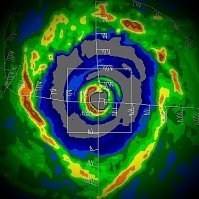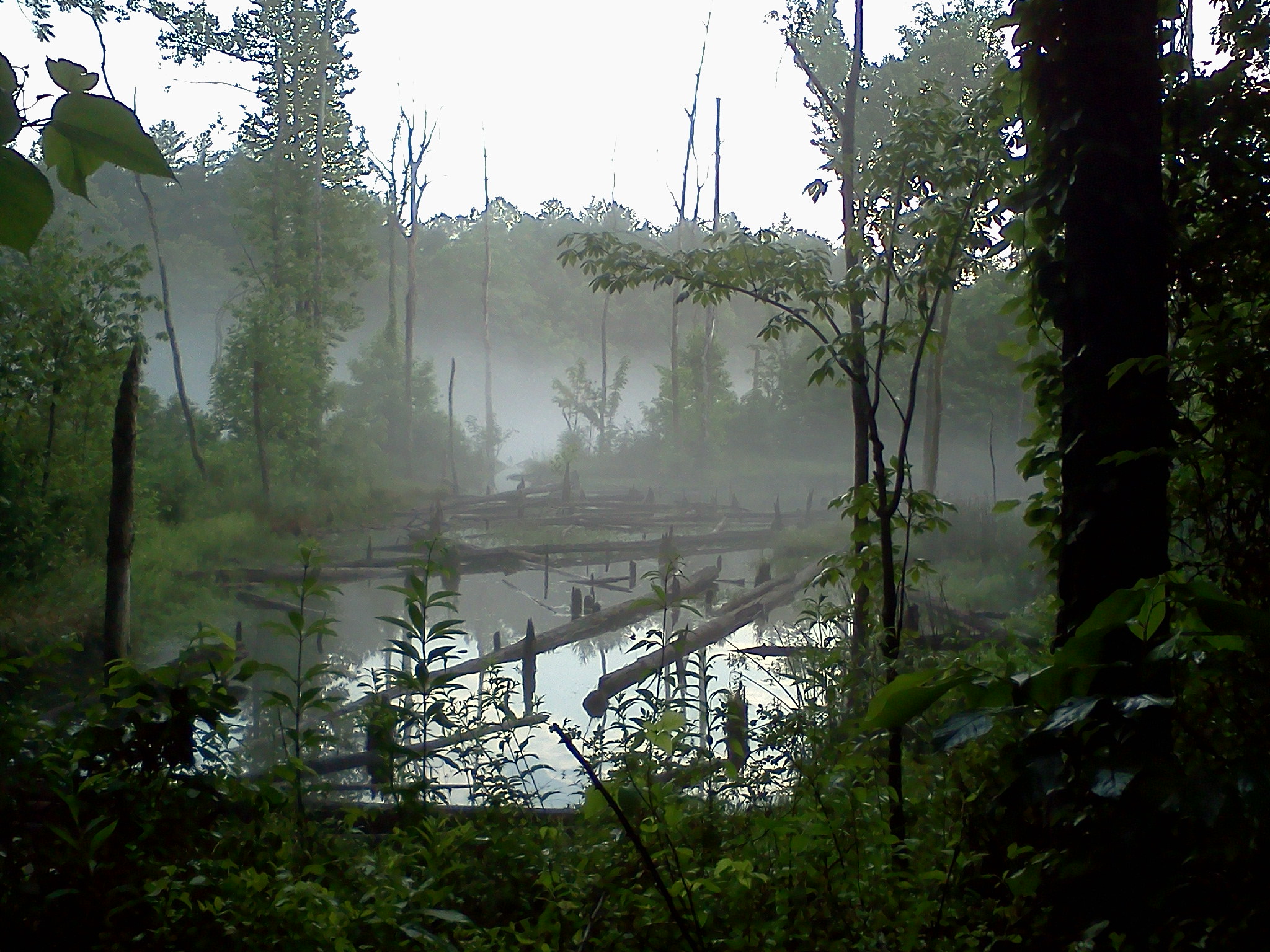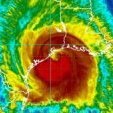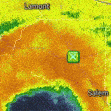-
Posts
4,613 -
Joined
-
Last visited
About Windspeed

Profile Information
-
Four Letter Airport Code For Weather Obs (Such as KDCA)
KTRI
-
Gender
Male
-
Location:
Tri-Cities, TN/VA
-
Interests
Geography, Climate and Geoarchaeology.
Recent Profile Visitors
11,446 profile views
-
High risk now...
-
I saw this interesting thread pertaining to the Chattanooga area this evening and boundary in place. https://bsky.app/profile/chattwjonathan.bsky.social/post/3lkgjvldr5s2g
-

2025 Atlantic Hurricane Season
Windspeed replied to BarryStantonGBP's topic in Tropical Headquarters
Yeah, I wasn't aware of a Main Forum thread to cover all the firings and potential dismantling of NOAA, etc., when I posted the news. I had just seen Andy got fired, was shocked, and understanding how we share his critical information so frequently (almost daily during the season), thought it of utmost importance to post here. Numerous critical personnel we rely on in these tropical threads have been terminated, some of which were not probationary due to being new hires, having had promotions or clearance level changes. I don't know how else we could avoid sharing these firings specifically in this particular thread since we post their work verbatim so often. This "situation" will clearly have impacts our pre-seasonal and active seasonal discussion as their analysis may not even be available. Though I did make my brief opinion known in the initial post, I will not delete it, and these additional comments are merely stating obvious impacts for our future discussions from an empirical standpoint. I will say no further. -

2025 Atlantic Hurricane Season
Windspeed replied to BarryStantonGBP's topic in Tropical Headquarters
https://www.nbcmiami.com/news/local/noaa-employees-laid-off-in-doge-cuts/3555471/ Pathetic. -
It's straight ripping fatties in Bristol. Column must be cooling off fast. Ground is already white. Surfaces are sticking. I agree with the above about the ground temps still being below freezing from the past week of bitter cold temps. Air temperature is currently 34°F here.
-

2024 Atlantic Hurricane Season
Windspeed replied to Stormchaserchuck1's topic in Tropical Headquarters
I am also surprised by the decrease of winds upon Carriacou landfall. Images from the ground there appeared to verify operational intensity. -
https://forecast.weather.gov/showsigwx.php?warnzone=TNZ040&warncounty=TNC029&firewxzone=TNZ040&local_place1=3%20Miles%20SE%20Lowland%20TN&product1=Winter+Storm+Warning&lat=36.1242&lon=-83.1732
-
There is a modeled snow hole over upper NE Holston Valley for a reason, which is likely due to some downslopping with the 850 flow *IF* the SLP cuts across the Southern Apps. Notable with the adjacent to high ridges of Unaka in Greene and Washington Counties, and Sullivan with Holston Mountain. I'm thinking it may very well stump totals versus the western NE TN counties, but I don't forsee graupel or sleet taking over due to warm nose. It should remain cold enough for snow, just weaker overall totals. That being said, if the SLP remains further south, upper NE Tennessee and KTRI may exceed 3-5". But if we land in the middle ground and end up with 4 inches, I am proclaiming this a big win, all things considered. Someone is likely to still get hammered, and I feel like portions of SW VA, such as Gate City to Abingdon, are being under modeled. It would not surprise me to see those places end up with 6-8 inches of powder. Also, I know we post the Icon but take it far less seriously than the GFS, ECMWF and Euro suites, but it is interesting it keeps wanting to pump higher totals over the upper NE Holston watershed this late in the game.
-
ETN needs the cold surface and 850 hPa airmass to hold in place and cooperate. We're in the 120 hr range now. We may still get a warm nose, but I am hopeful the upper Holston Valley will remain cold enough. If rates are weak with low QPF, we probably lose. If rates can pump up the column, we win. Therefore, the 10-11 system may come down to the wire before we know the cutoff of the graupel vs heavy snow line. Going to require a little patience until it plays out. Curbing my expectations and perhaps the Eastern Valley gets a surprise.
-
Chido's first landfall from the Island of Mayotte a few days ago. It appears to have been an intense landfall there as well. Community of Kaweni: Unsure of the exact location in the island here:
-
Yeah, someone got hit hard. A rapidly intensifying landfall per ADT analysis. Hopefully, it avoided a major population center. That looks to be the case as the small core came ashore a good distance south of the port city of Pemba.
-
Chido's organization has improved in the hours leading up to landfall. Looks like at least a Category 3 strike.
-
Tricky forecast. A mere few hundred miles on stall position is the difference between a major hurricane or a weak TS. I was bullish. But look at the upper pattern and environment. It's very explosive. We just got lucky on proximity of the COC tracking into the Honduras coastline. It could still become a hurricane after all if it manages to not push fully inland on this stall.












